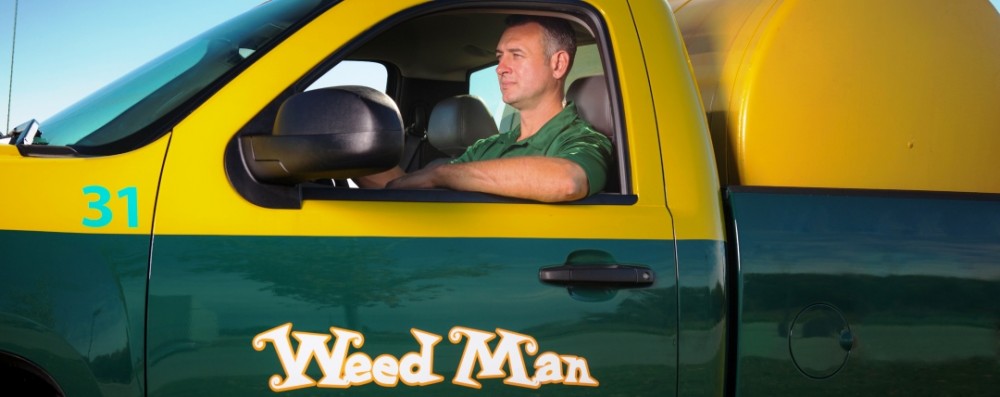Crabgrass: the bane of any lawn lover’s existence. This troublesome weed infests residential lawns across North America and has the ability to spread rapidly. It can take over even the healthiest lawn if left untreated.
Identification Tips
Many homeowners misdiagnose a crabgrass problem. Here are some telltale signs that crabgrass may be at play on your lawn:
Crabgrass feels coarse to the touch and presents an unattractive color. Its pointy, wide leaves branch off from a single common stem. The smooth variety of the weed is pale green and has swollen nodes shaped in a zigzagging pattern. Smooth crabgrass is the most common summer problem in managed turfgrasses.
Crabgrass germinates when soil temperatures rise above 55 degrees Fahrenheit. It is most prevalent in sun-rich, sandy soils and in areas that have sustained pest damage. The soil around paved areas is particularly susceptible to crabgrass attacks. The weed can reestablish itself by means of seed from one spring season to the next unless you interrupt its growth cycle.
Many people confuse crabgrass with other kinds of plants or weeds. Though taller, quackgrass is similar in appearance, but its hardier rhizome systems make it even more difficult to uproot. Goosegrass germinates several weeks later than crabgrass and displays flatter, white stems at its base. Tall fescue grows in clumps, and, like crabgrass, has a coarse feel and spreads aggressively.
There’s no denying that crabgrass is an eyesore, but it can be easily managed by the right team of lawn care professionals. Consult a local Weed Man Lawn Care franchise for assistance in keeping these pesky weeds at bay.
Keep those lawns green!
Chris


